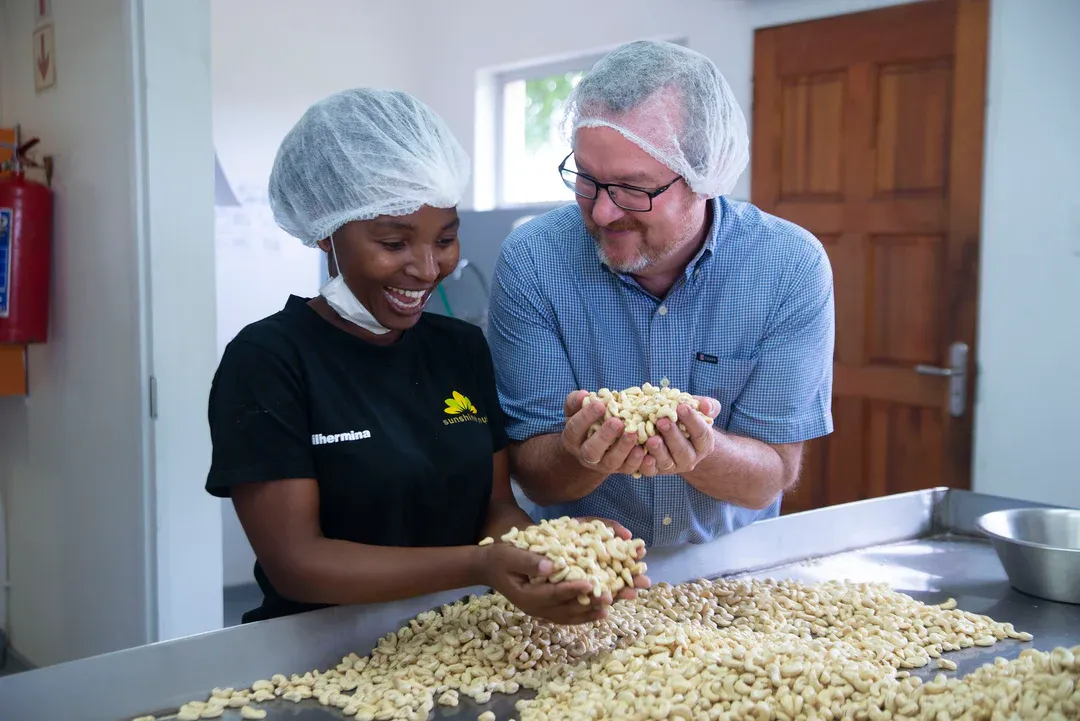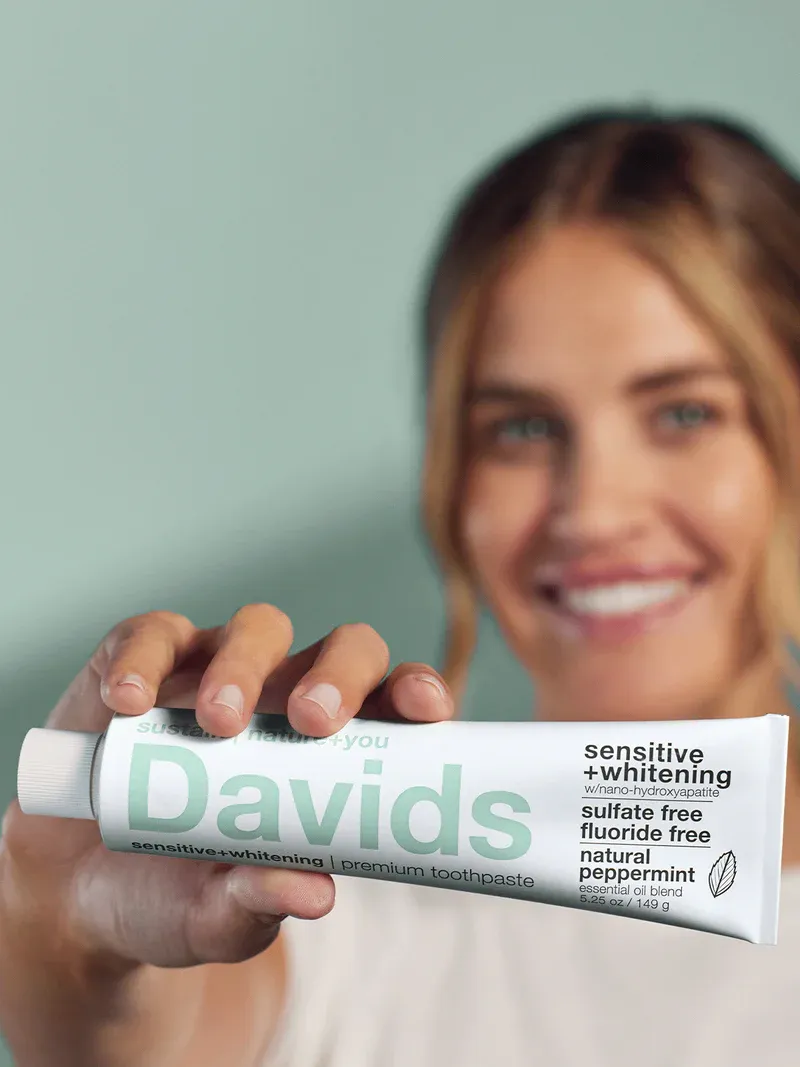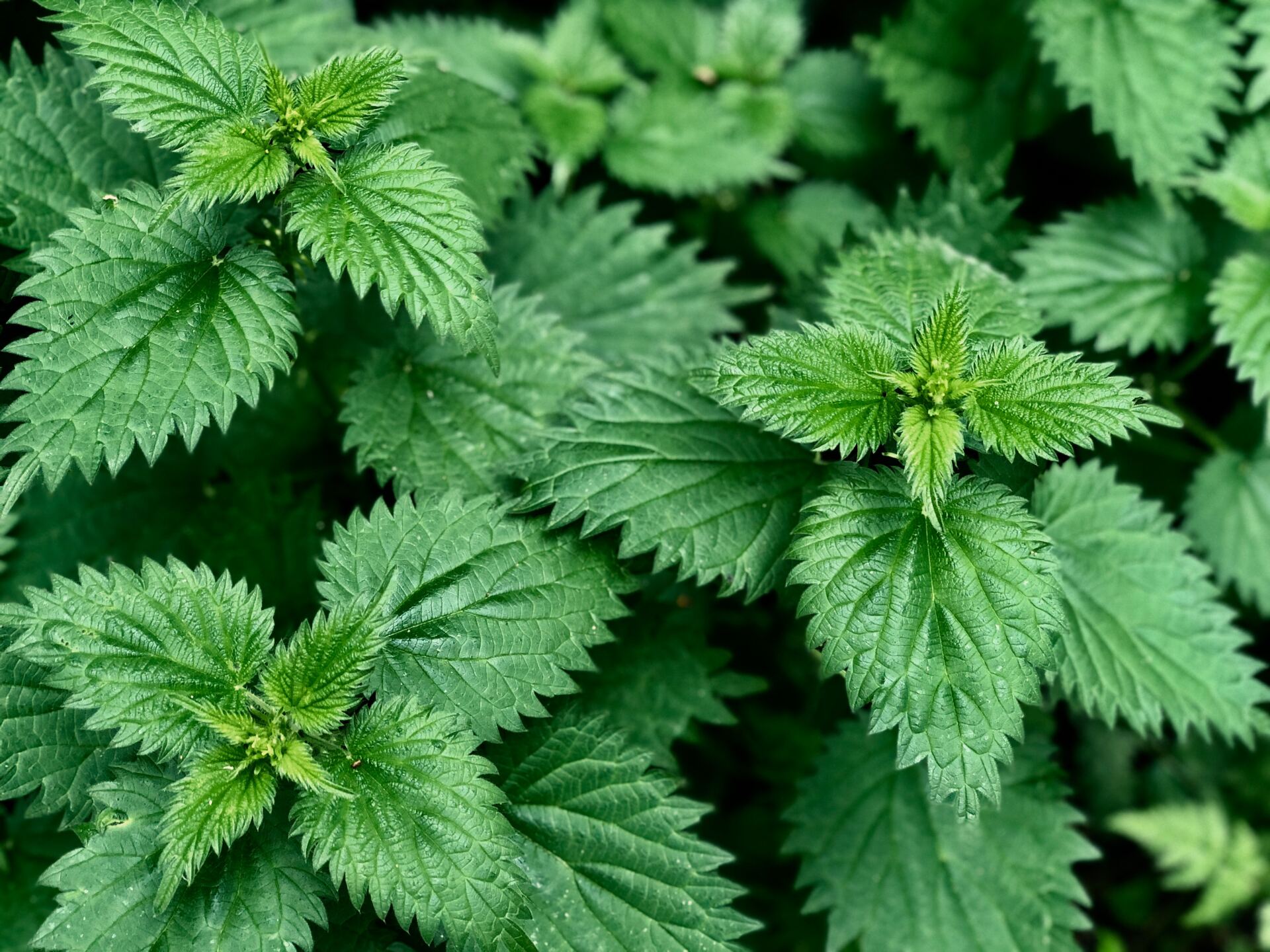








Fat gets a bad rap. Though there is usually much confusion and misinformation surrounding the topic, the benefits of fats, or fatty acids, greatly make up for its bad reputation. The following information is not related to any specific dietary suggestions, but provided to help better understand fat and the different kinds of fatty acids.
So, what are fatty acids?
Fat is made up of fatty acids. Fatty acids are various length chains of carbon and hydrogen bound to a glycerol backbone, making a triglyceride.1 This is fat – fat in the body, fat in food. The body uses individual fatty acids to produce energy, directly to make cellular structures and indirectly as building blocks for other molecules involved with cellular activity, like hormones, phospholipids and eicosanoids.2,3
There are also many different types of fatty acids – saturated, monounsaturated, polyunsaturated and trans. Additionally, each category can be divided into sub-categories: long-, medium- and short-chain saturated fatty acids, as well as omega-3 and omega-6 polyunsaturated fatty acids.4 Each type of fatty acid is utilized differently in the body and needed in different amounts.
Luckily, most fatty acids can be acquired through food or made by the body. The only two that are essential – that must be acquired through diet – are linoleic acid (LA, an omega-6 fatty acid) and alpha linolenic acid (ALA, an omega-3 fatty acid). The body has the ability to produce saturated and monounsaturated fatty acids and can transform LA and ALA into polyunsaturated fatty acids when needed.5
Why is fat misunderstood?
Through sensational headlines and misinterpreted or poorly conducted studies, consuming saturated fat has become recognized as a leading risk factor for coronary heart disease.6 While individual studies report an association between saturated fat and heart conditions, many other factors are often not included nor addressed,7 and many studies contradict this association.8
More unanimously, a systemic review that analyzes multiple studies revealed that trans fatty acids show a stronger correlation with coronary disease risk than other fatty acids.9 In addition, recent research agrees that high carbohydrate consumption and blood sugar issues are likely a stronger indicator of cardiovascular risk than fats.10
Fat is also misunderstood because it is common to associate certain types of fatty acids with specific types of food. In fact, most food sources of fat contain various types and combinations of all the different fatty acids.
For example, most people associate saturated fat with beef. What they don’t realize is that while beef fat does contain saturated fatty acids, it also contains monounsaturated, trans, omega-6 and omega-3 polyunsaturated fatty acids.11 So, since beef fat usually contains less than 50% saturated fatty acids, the rest is potentially other types of beneficial fatty acids!12 It is also worth mentioning that the percentage of each fatty acid is generally determined by how the animal was raised.13
Surprisingly, fat content doesn’t always compare exactly how one might think. A 3-ounce serving of beef has 3.5 grams of saturated fat while a 3-ounce serving of chocolate (who can really eat only one square?) contains as much as 20 grams! Yet, it is commonly suggested to eat chocolate for heart health, but to avoid beef. Please remember, I’m not suggesting that either food is good or bad for your health, I’m just pointing out the contradictory information about the fatty acid content of each.
If you are still a bit confused – that’s okay! You are starting to understand that fat is very misunderstood, and we have been potentially fed a great deal of misinformation. It also means that we have more to learn. Maybe you are ready to shift previously held beliefs and ideas. It’s okay to need help sorting it out, discovering which foods provide an appropriate balance of fatty acids and creating the best eating plan for you to follow.
Susan Blake, NTP, MS, CGP, is a nutritional therapist and focused on integrating mind, body, spirit and food. If you are ready to change your lifestyle and develop true health, contact The Whole Body Shop at sblake@thewholebodyshop. net, TheWholeBodyShop.net or 253.778.0684.
References
1,2) Chowdhury, R., Warnakula, S., Kunutsor, S., Crowe, F., Ward, H. A., Johnson, L., Franco, O. H. … di Angelantonio, E. (2014). Association of Dietary, Circulating, and Supplement Fatty Acids with Coronary Risk: A Systematic Review and Metaanalysis. Annals of Internal Medicine, 160, 398-406.
3) Fattore, E. & Massa, E. (2018). Dietary fats and cardiovascular health: a summary of the scientific evidence and current debate. International Journal of Food Sciences and Nutrition, doi: 10.1080/09637486.2018.1455813.
4,5) Voet, D., Voet, J. G., & Voet, C. P. (eds.) (1999). Fundamentals of Biochemistry. New York, NY: John Wiley and Sons, Inc.
6,8) Fattore, E. & Massa, E. (2018). Dietary fats and cardiovascular health: a summary of the scientific evidence and current debate. International Journal of Food Sciences and Nutrition, doi: 10.1080/09637486.2018.1455813.
7,9) Chowdhury, R., Warnakula, S., Kunutsor, S., Crowe, F., Ward, H. A., Johnson, L., Franco, O. H. … di Angelantonio, E. (2014). Association of Dietary, Circulating, and Supplement Fatty Acids with Coronary Risk: A Systematic Review and Metaanalysis. Annals of Internal Medicine, 160, 398-406.
10) Grasgruber, P., Cacek, J., Hrazdíra, E., Hrebícková, S., & Sebera, M. (2018). Global Correlates of Cardiovascular Risk: A Comparison of 158 Countries. Nutrients,10(411), 1-39. doi:10.3390/nu10040411
11,12, 13) Daley, C. A., Abbott, A., Doyle, P. S., Nader, G. A., & Larson, S. (2010). A review of fatty acid profiles and antioxidant content in grass-fed and grain-fed beef. Nutrition Journal, 9(10), 1-12. doi.org/10.1186/1475-2891-9-10.
14) USDA Food Composition Database. https://ndb.nal.usda.gov/ndb/search/list









Please give us a call for today’s deli hours as they can vary due to staffing.
Grab and go options are always available until close.
FEDERAL WAY
Monday-Saturday: 8 am - 8 pm
Sunday: 9 am - 7 pm
Please call for current deli counter service hours. Grab and go options available until closing.
2565 S. Gateway Center Place
Federal Way, WA 98003
TACOMA
Monday-Saturday: 8 am - 8 pm
Sunday: 9 am - 7 pm
Please call for current deli counter service hours. Grab and go options available until closing.
2951 S. 38th Street
Tacoma, WA 98409